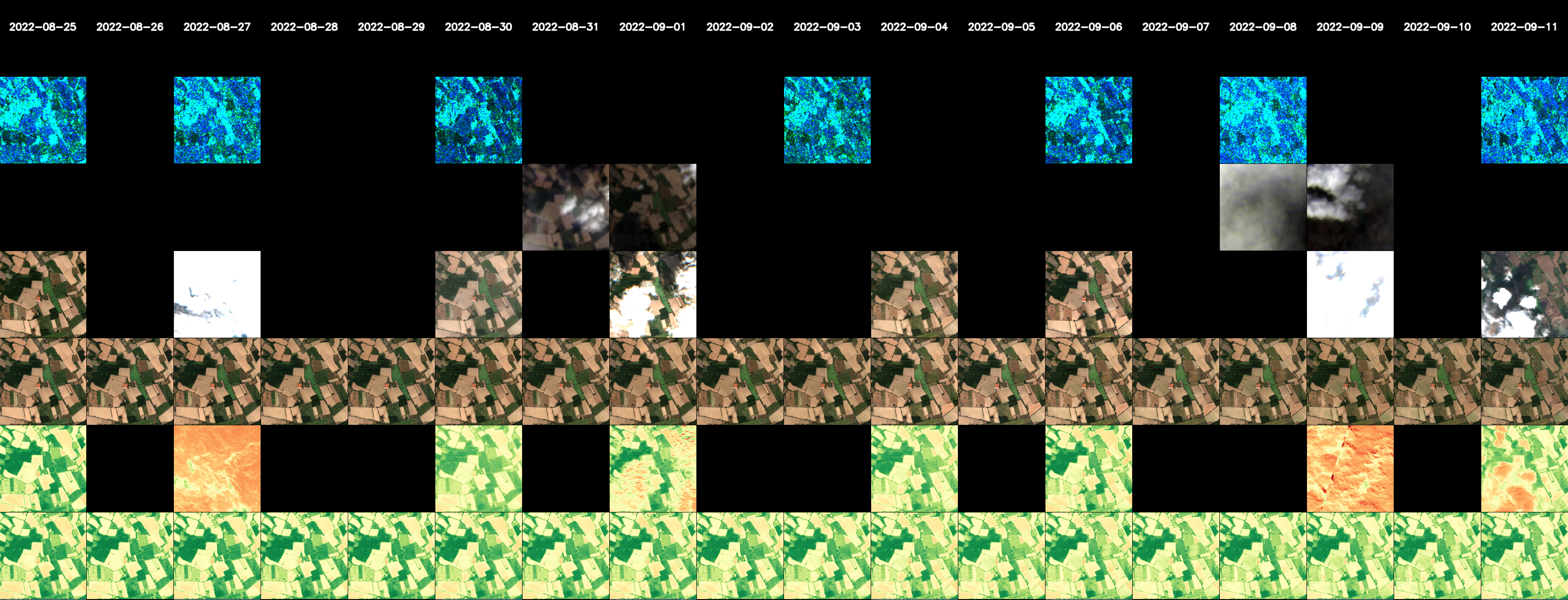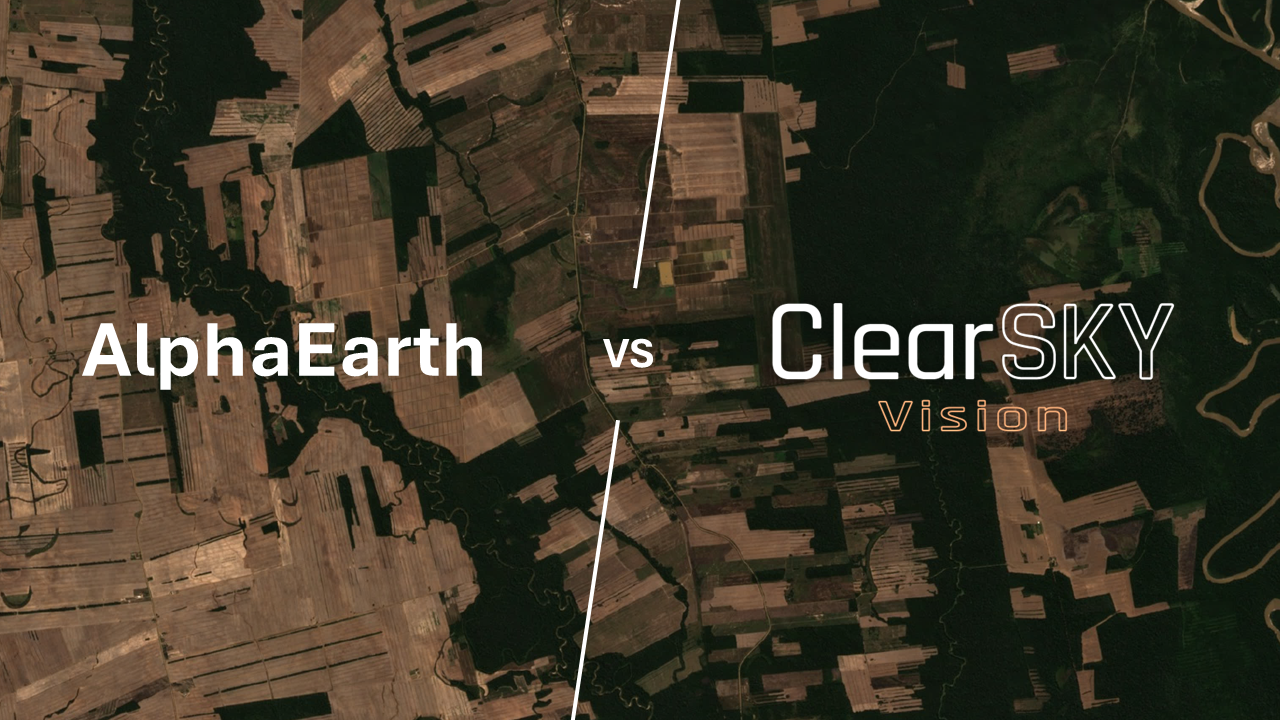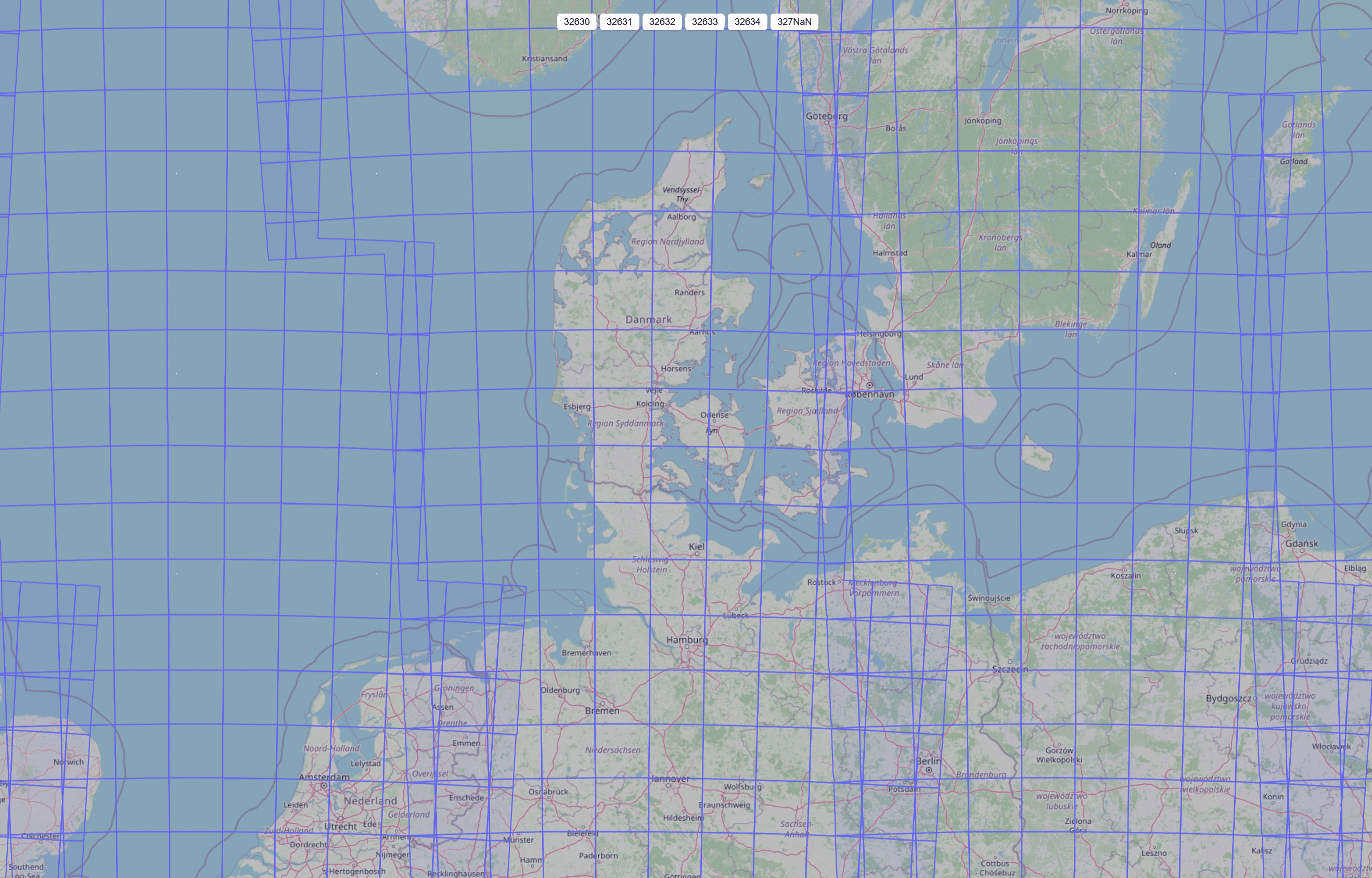Near Real-Time vs. Near-Now: What ‘Timeliness’ Means in Satellite Data
2025-08-13 · 3 min read · Timeliness · Data Fusion

TL;DR: Timeliness isn’t a buzzword. It’s a pipeline: acquisition → availability → processing → delivery.
Why timeliness matters
Whether you’re checking catch-crop dates, planning harvest and irrigation, or mapping floods after a storm, hours can change outcomes. Imagery that arrives tomorrow might be interesting; imagery that arrives today can be actionable. That’s why many Earth-observation programs talk about “near real-time” delivery: it’s less about raw speed and more about getting reliable data in time to act. (Background: NASA’s concept of Near Real-Time in LANCE; Copernicus Sentinel-2 mission notes on data access and latency.) What is NRT? (NASA LANCE) · Copernicus Sentinel-2 docs
What the terms usually mean
Different providers define these slightly differently, but the practical idea is simple:
- Real-time: seconds to minutes (think direct broadcast/alerts).
- Near real-time (NRT): same hour to same day, without borrowing future acquisitions.
- Near-now: delivered by the end of the same calendar day.
- Daily batch: produced overnight for yesterday.
- Long-window mosaics (weekly/monthly): aggregated over time for coverage and aesthetics, not a single moment.
From satellite to screen
Every product passes through four steps:
- Acquisition — a satellite collects an image during its overpass.
- Availability — the data reaches a ground system and becomes fetchable.
- Processing — clouds/haze are handled, fusion runs, quality layers are added.
- Delivery — the result lands in your API, tiles, or storage.
Same-day fusion (and why no future data matters)
There are two broad ways to make cloudy data usable:
- Mix many dates to create a clean-looking mosaic. That’s great for basemaps, but it blurs time.
- Fuse observations from the same day (and only reach back if needed). That keeps the date meaningful.
ClearSKY follows the second path. We pull in all same-day passes from multiple optical satellites. Because overpasses are staggered and clouds move, the chance that at least one pass sees a given parcel clearly is surprisingly high. If gaps remain, we may use prior-day observations, not as a copy-paste replacement. We never use future acquisitions to fill today; that rule preserves a defensible nominal date for every pixel.
How ClearSKY runs
Most days, production runs late evening or overnight to include late overpasses (for example, Sentinel-1 SAR in regions where it’s relevant) and still be ready for morning decisions. When speed matters more than completeness, we can issue an early cut on partial inputs and re-issue after late passes. For historical jobs, we simply process at full speed—no reason to wait.
Behind the scenes, the pipeline is built for reliability (automatic retries, idempotent jobs, versioned parameters). Timeliness only helps if the results are trustworthy and repeatable.
When hours truly change outcomes
- Compliance. If a policy requires proof by a specific date, mixing in tomorrow’s pixels can undermine the evidence trail. Same-day fusion avoids that.
- Operations. A 12–24-hour delay can miss a weather window for harvest or spraying. Timely, date-faithful imagery reduces false starts.
- Events. Flood extents and storm damage evolve quickly; daily snapshots that really belong to that day matter.


